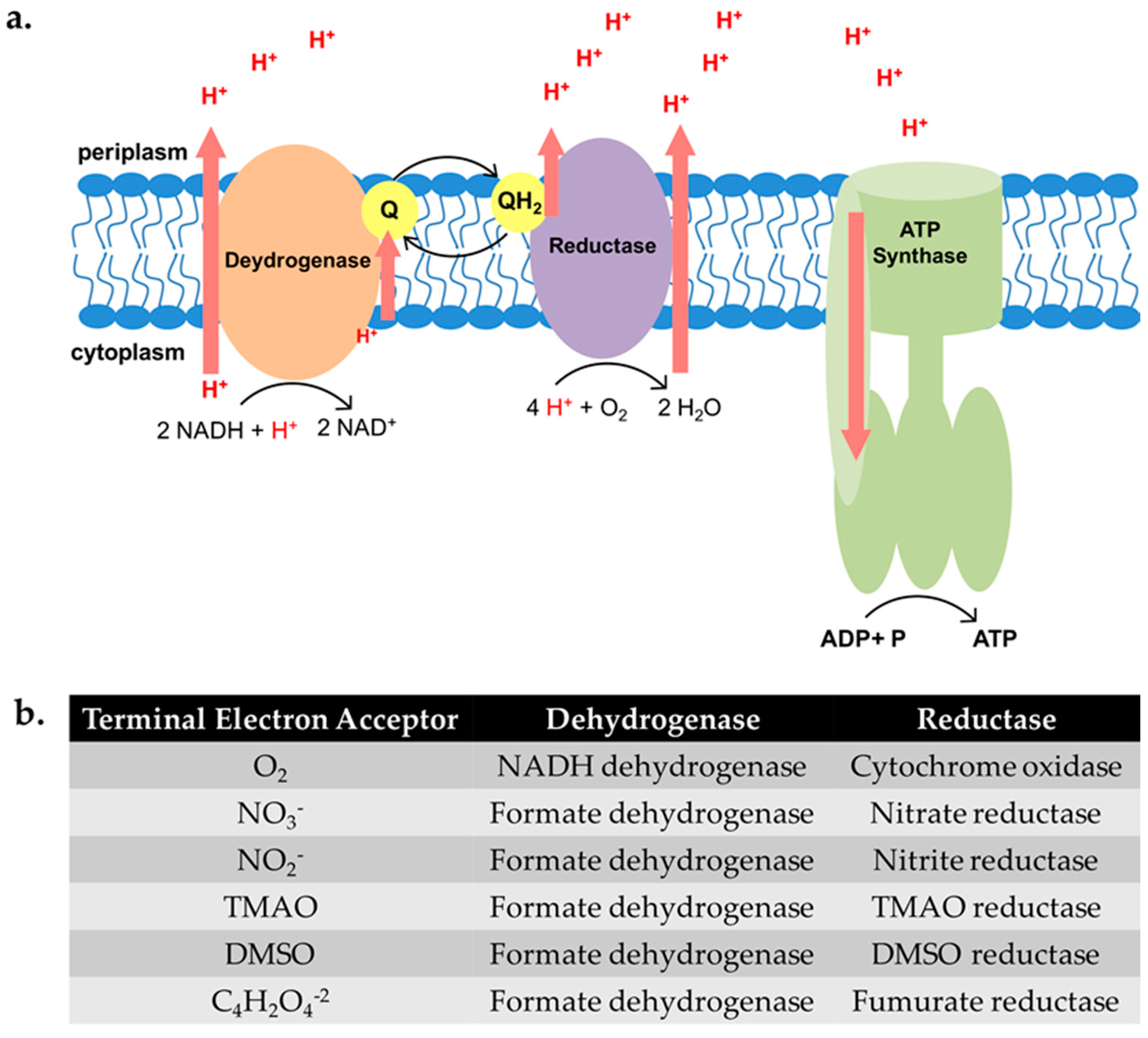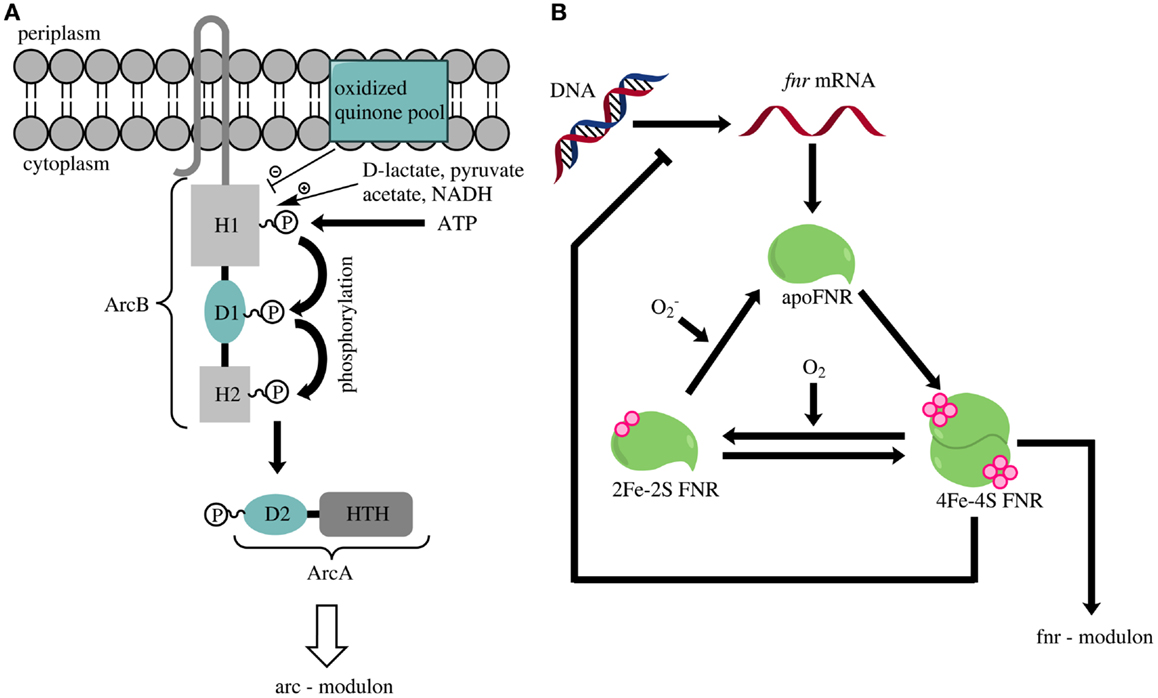Escherichia coli contains a versatile respiratory chain which oxidizes ten different electron donor substrates and transfers the electrons to terminal reductases or oxidases for the.
dynamics of gene regulation in E.coli during the transition from anaerobic to aerobic growth (20). The use of chemostat culturesallowsveryreproducibleinitialstatestobeestablished in.
However, being Facultative anaerobe E. coli can grow both aerobically and anaerobically and you need not to think about ways to grow them anaerobically, use any system with.
Does E coli ferment glucose? Escherichia coli or E. coli is capable of fermenting glucose. It is a facultative anaerobe that can metabolize glucose in an.
Suspensions of washed bacteria, originating from a culture of E. coli made in forced aerobiosis, ferment glucose without liberating carbon dioxide and hydrogen and there is.
The bacterium E. coli is capable of performing: aerobic respiration - in presence of oxygen; anaerobic respiration - in absence of oxygen; fermentation - In.
$\begingroup$ E. Coli is not simply aerobic. Nor is it anaerobic. It is facultative, meaning that it thrives in both environments, and can breath with or without oxygen. Nor is it.
Learn about the kinds of E. coli that cause diarrhea and what you can do to lower your chances of infection. What are Escherichia coli? E. coli are bacteria found in.
In facultatively anaerobic bacteria such as Escherichia coli, oxygen and other electron acceptors fundamentally influence catabolic and anabolic pathways. E. coli is able to.
Escherichia coli (E. coli) is a Gram-negative, rod-shaped, facultative anaerobic bacterium. Is Escherichia coli gram-negative? E. coli is a Gram negative anaerobic , rod.
Escherichia coli (E. coli) are Gram-negative, facultative anaerobic, rod-shaped bacteria. E. coli are commonly found in the intestine of humans and warm-blooded.
Question. is e coli anaerobic or aerobic. 0. Microbial ecology Roy M. Balderas 2 months 0 Answers 5 views New Member 0.





![Is E Coli Aerobic Or Anaerobic Dynamics and genetic diversification of Escherichia coli during experimental adaptation to an anaerobic environment [PeerJ]](https://dfzljdn9uc3pi.cloudfront.net/2017/3244/1/fig-6-2x.jpg)

![Is E Coli Aerobic Or Anaerobic Difference between aerobic and anaerobic respiration [in Table Form]](https://d1avenlh0i1xmr.cloudfront.net/ff05b173-5b00-4dc5-870c-8f6d04b63948/respiration-in-humans---teachoo.jpg)




